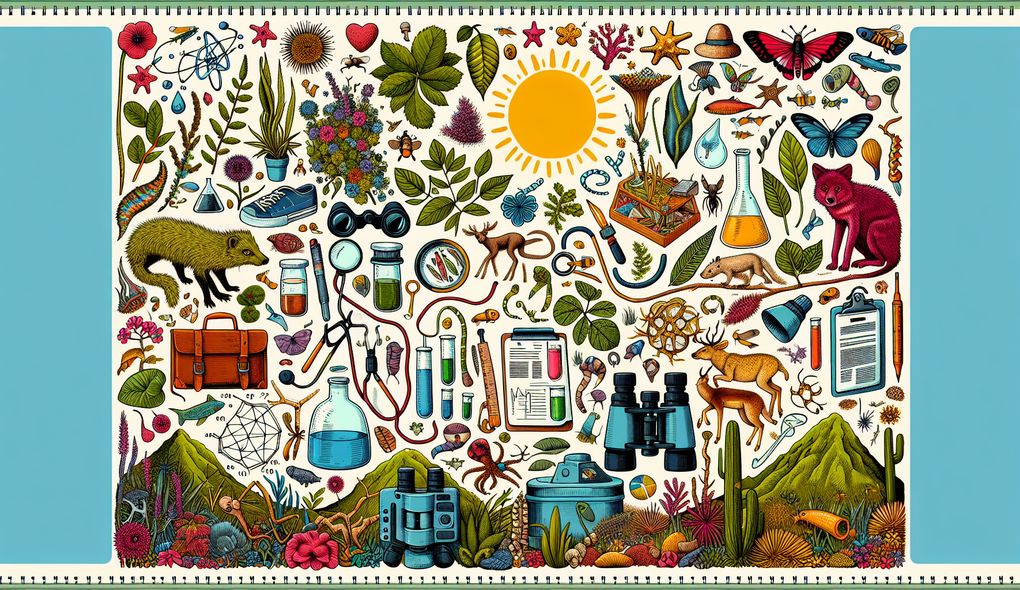How do you handle conflicts within a team or between stakeholders in a conservation project?
SENIOR LEVEL

Sample answer to the question:
When conflicts arise within a team or between stakeholders in a conservation project, I believe it is crucial to approach the situation with open communication and a willingness to listen to all parties involved. I would start by gathering everyone together and creating a safe space for everyone to express their concerns and viewpoints. By actively listening to each person's perspective, I can gain a deeper understanding of the issue at hand. Once I have a clear understanding of the conflict, I would facilitate a collaborative discussion to find a mutually beneficial solution. If necessary, I would also involve a mediator or seek guidance from senior team members or stakeholders. Resolving conflicts in a timely and efficient manner is essential to maintain a positive working environment and ensure the successful completion of the conservation project.
Here is a more solid answer:
Having faced conflicts within teams and between stakeholders in previous conservation projects, I have learned effective strategies for resolving such situations. Firstly, I believe in establishing open and transparent communication channels. By creating an environment where everyone feels comfortable expressing their concerns, we can address conflicts at an early stage. Additionally, I find that active listening and empathy play a crucial role in conflict resolution. By understanding the underlying motivations and needs of each party involved, I can propose solutions that meet everyone's interests. In challenging situations, I have also taken the initiative to bring in a neutral third-party mediator to facilitate discussions. This helps to maintain objectivity and ensure that all voices are heard. Furthermore, as a leader, I understand the importance of setting clear goals and expectations, ensuring that all team members and stakeholders are aligned. By fostering a culture of collaboration and teamwork, conflicts can be minimized and resolved more effectively.
Why is this a more solid answer?
The solid answer expands on the basic answer by providing specific strategies and experiences for handling conflicts within a team or between stakeholders. It highlights the candidate's experience in previous conservation projects and emphasizes the importance of open communication, active listening, empathy, and involving a neutral third-party mediator if necessary. Additionally, it mentions the candidate's leadership role in setting clear goals and expectations to minimize conflicts. However, it could benefit from providing more concrete examples of conflict resolution.
An example of a exceptional answer:
In my previous role as a Conservation Biologist, I encountered conflicts within a team and between stakeholders on a regular basis. One notable instance was when our team had differing opinions on the best approach to mitigate human-wildlife conflict in a particular area. To resolve the conflict, I initiated a series of brainstorming sessions, where each team member had an equal opportunity to share their ideas. I ensured that the discussions were guided by mutual respect and active listening. By fostering an inclusive environment, we were able to identify common ground and develop a comprehensive strategy that effectively protected both wildlife and local communities. Additionally, I have experience working with stakeholders who held conflicting interests. In such situations, I facilitated dialogue among the stakeholders, maintaining a neutral stance and ensuring that everyone's concerns were acknowledged. By focusing on shared goals and long-term benefits, we were able to find compromises that satisfied all parties involved. These experiences have taught me the value of patience, empathy, and adaptability when handling conflicts within a team or among stakeholders.
Why is this an exceptional answer?
The exceptional answer provides a detailed and personalized account of the candidate's experience in resolving conflicts within a team and between stakeholders in conservation projects. It includes a specific example of a conflict related to human-wildlife mitigation and highlights the candidate's role in facilitating inclusive brainstorming sessions to find a comprehensive solution. Additionally, it mentions the candidate's experience in working with conflicting stakeholders and emphasizes the importance of neutrality, patience, empathy, and adaptability in conflict resolution. The answer demonstrates the candidate's ability to handle conflicts effectively and achieve mutually beneficial outcomes.
How to prepare for this question:
- Familiarize yourself with various conflict resolution techniques, such as active listening, mediation, and negotiation.
- Reflect on your past experiences dealing with conflicts within a team or between stakeholders. Identify specific examples where you successfully resolved conflicts and the strategies you employed.
- Prepare to discuss how you promote open communication and collaboration within a team or among stakeholders.
- Be ready to share how you balance the needs and interests of different parties involved in a conflict, ensuring a fair and mutually beneficial resolution.
- Demonstrate your ability to remain calm and composed in stressful situations, as this is essential when handling conflicts.
What are interviewers evaluating with this question?
- Communication
- Collaboration
- Problem-solving
- Leadership

